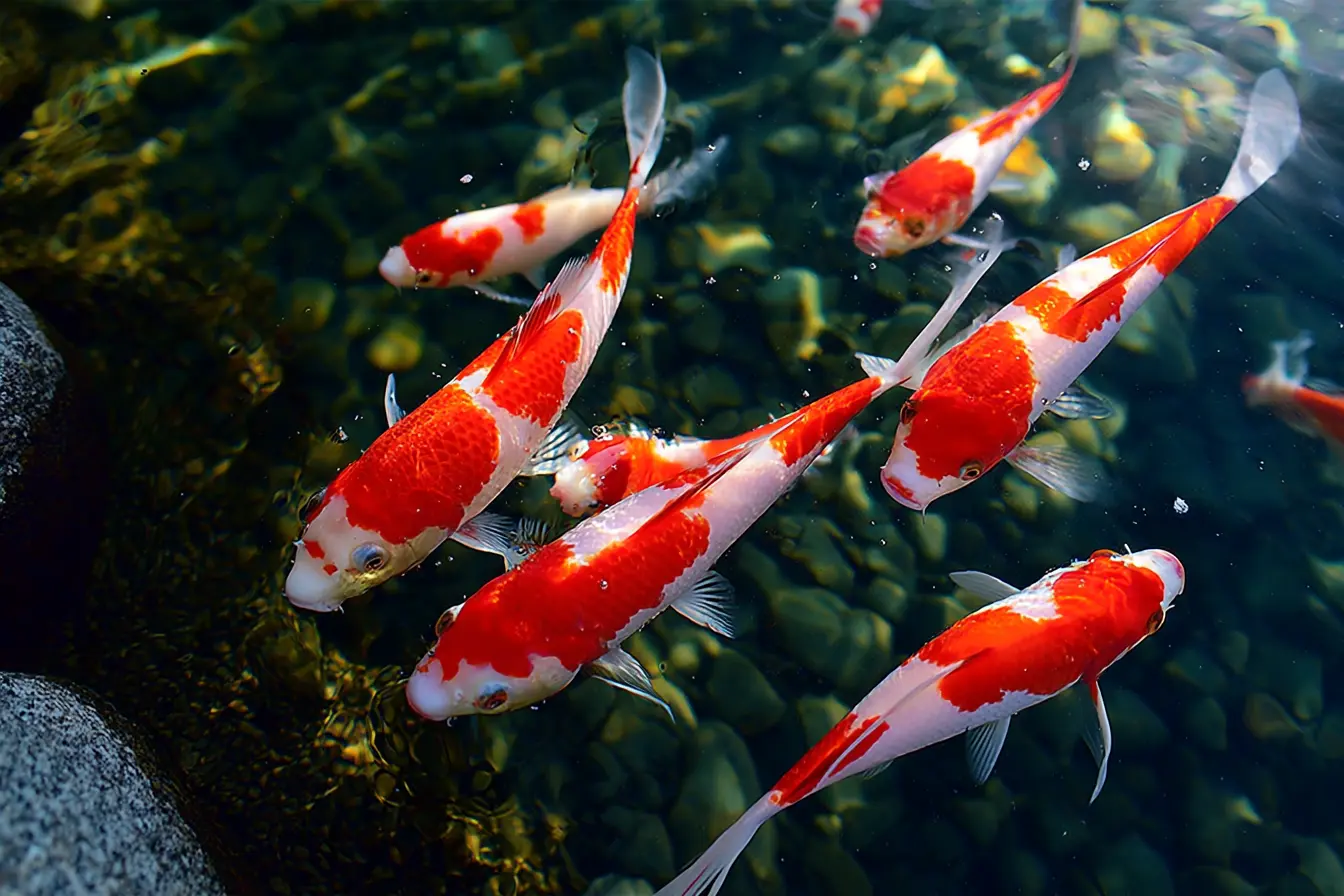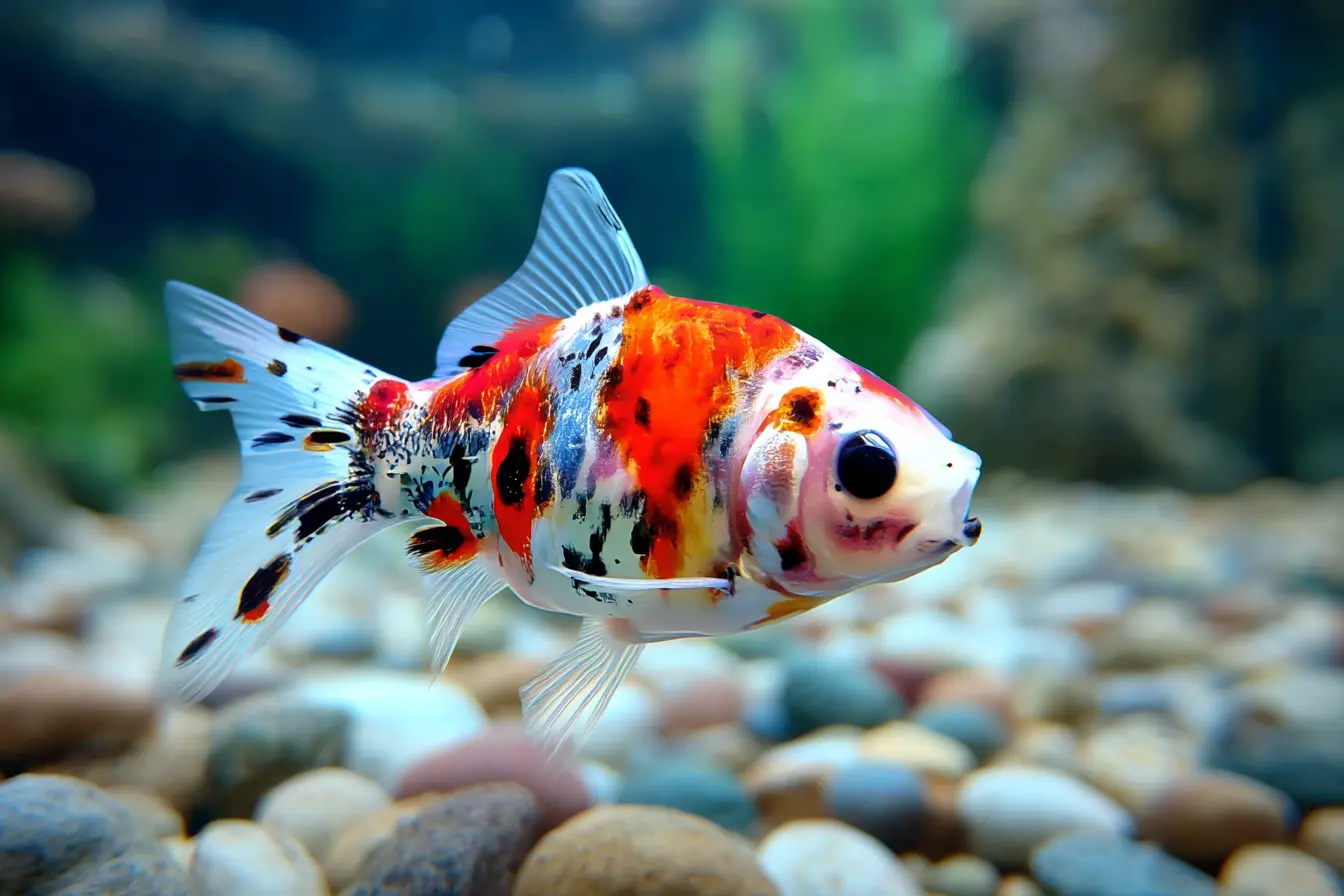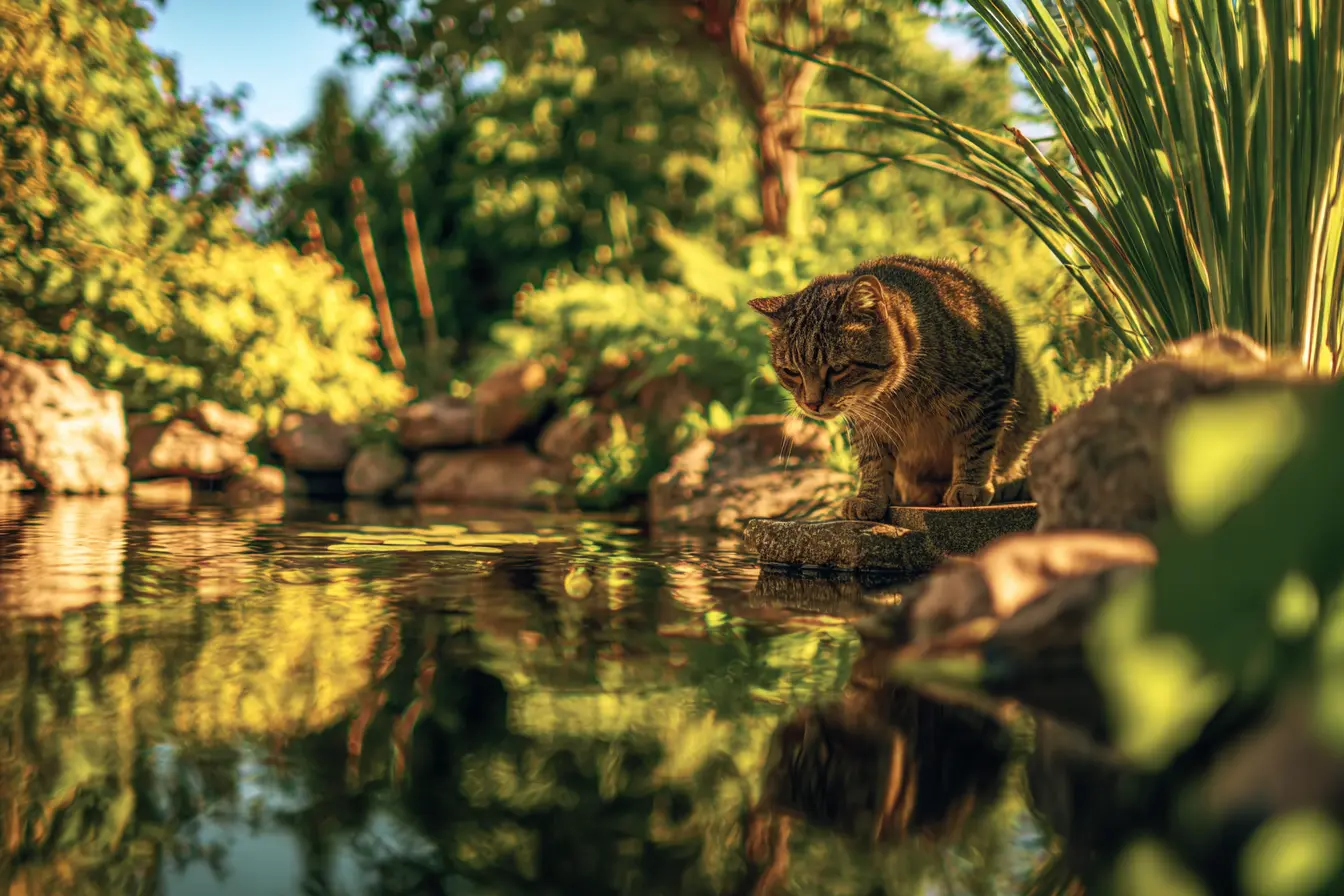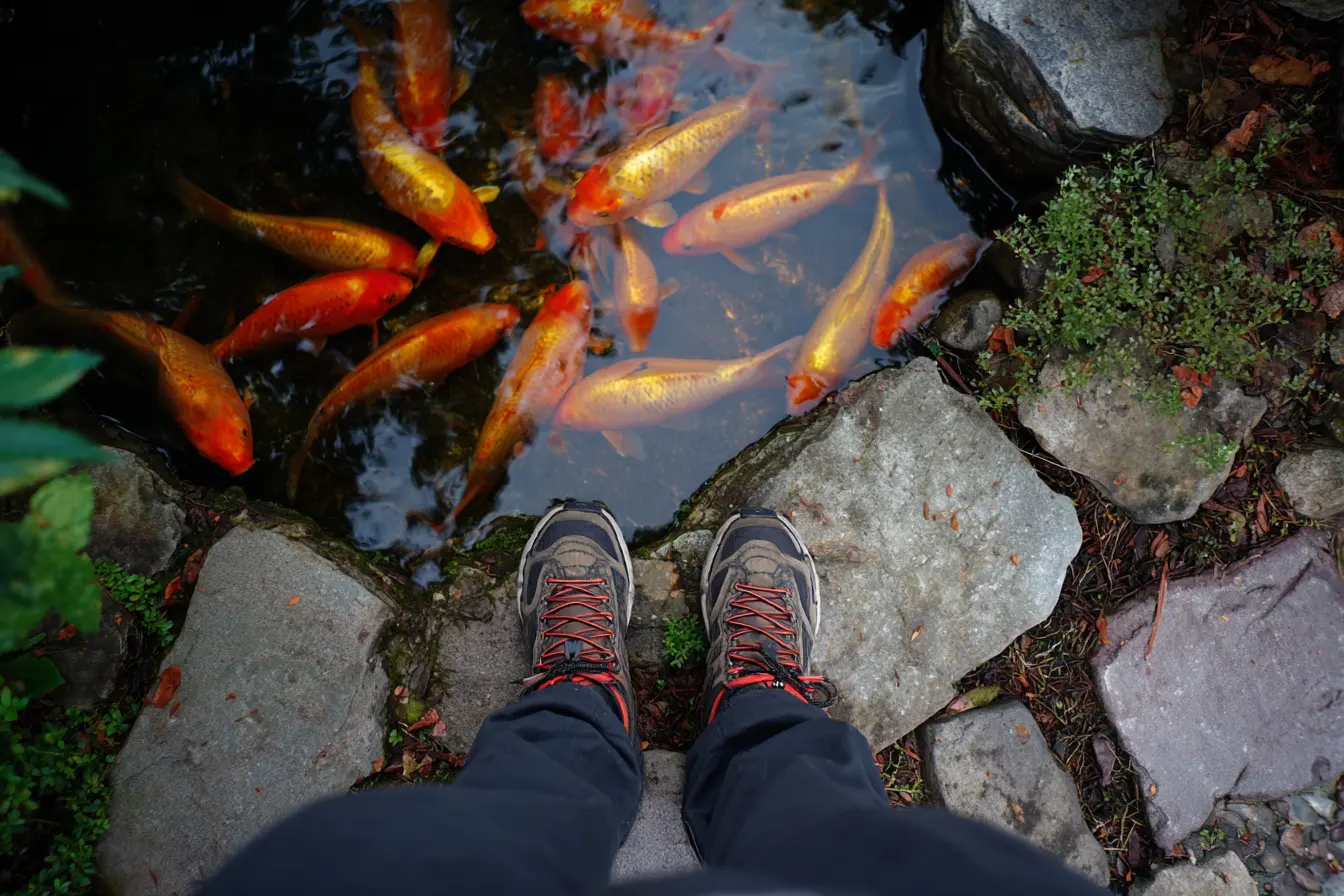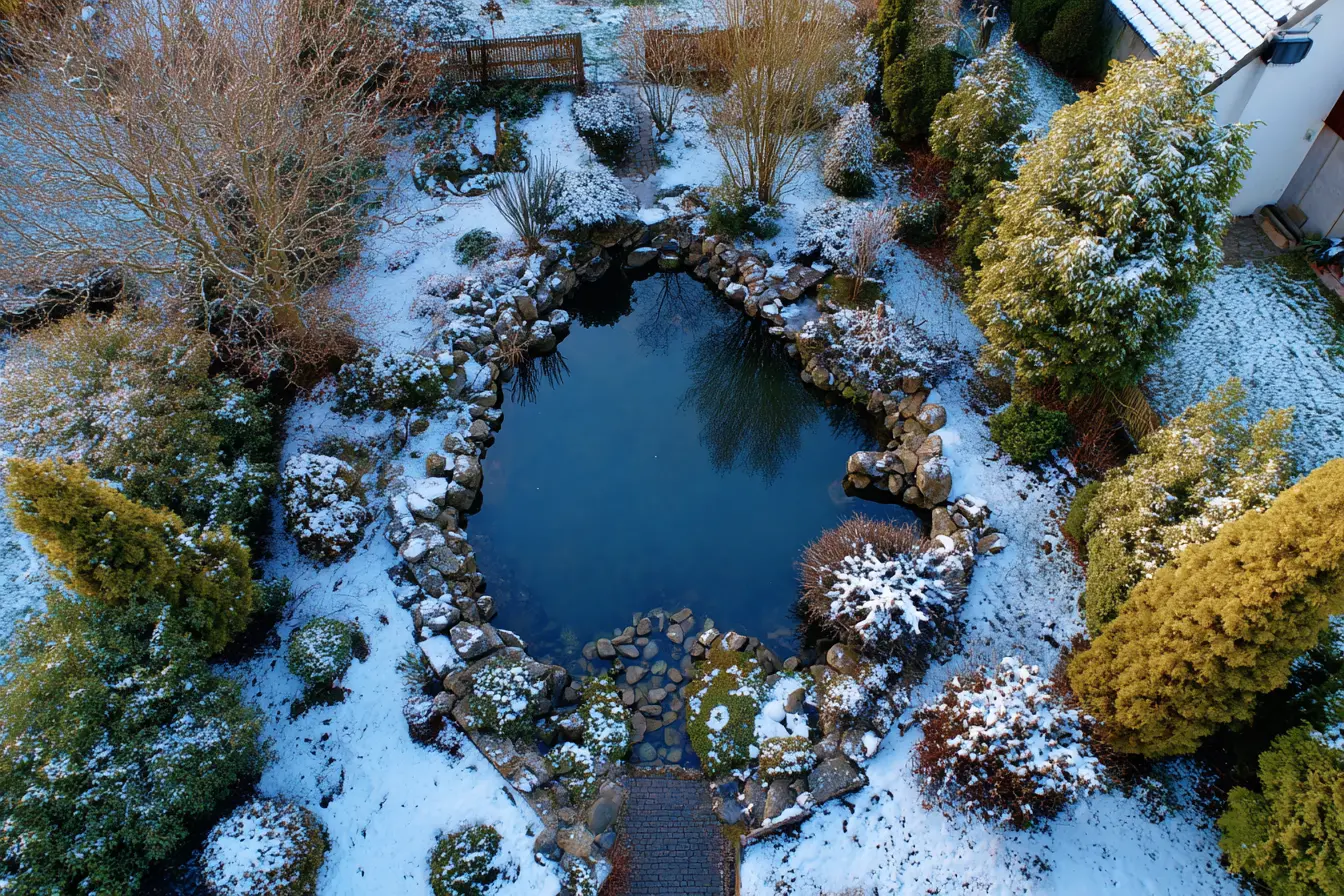
Winter Pond Maintenance: Keeping Your Pond Healthy Through the Cold
Winter brings a unique set of challenges to pond keepers. Cold temperatures, ice, and reduced sunlight can affect water quality and the health of your fish and plants. Proper winter pond maintenance is essential for ensuring your pond’s ecosystem survives the season and emerges healthy in spring. Here’s a detailed guide to help you care for your pond during the colder months.
Keep the Pond Surface Ice-Free
One of the biggest concerns in winter is ice covering the pond’s surface. A completely frozen pond can trap harmful gases, such as carbon dioxide and methane, which can build up under the ice and harm fish.
To keep a small area of your pond ice-free:
- Use a pond heater or de-icer: These devices create a small, ice-free hole, allowing for essential gas exchange.
- Install an air pump: An air stone or diffuser helps circulate the water and keeps a small area from freezing.
- Avoid breaking the ice: Smashing ice can create harmful shock waves that stress or injure fish. Use warm (not boiling) water to gently melt a hole if necessary.
Monitor Water Quality
Although fish and plants are less active in winter, maintaining good water quality is still important. Test water parameters every few weeks if possible:
- pH: Aim for a stable pH between 7.0 and 8.0.
- Ammonia and nitrite: Both should be zero, as even low levels can stress fish in cold water.
Avoid large water changes during winter, as they can disrupt the pond’s temperature and stress fish further.
Limit Feeding
As water temperatures drop below 10°C, fish metabolism slows significantly. They are unable to properly digest food at low temperatures, so it’s best to stop feeding altogether during winter. Any leftover food can decay and pollute the water.
If you have mild winter weather and fish remain somewhat active, feed a wheatgerm-based food sparingly. However, once temperatures remain below 10°C, it’s safest to stop feeding entirely.
Care for Equipment
If you’re shutting down your filtration system for winter:
- Remove pumps and filters and store them indoors to prevent freezing damage.
- Clean them thoroughly to ensure they’re ready to use again in spring.
If you’re keeping your pump or filter running to maintain circulation and prevent freezing:
- Check them regularly to ensure they’re operating properly.
- Clear any debris that could block water flow or reduce efficiency.
Support Wildlife
Your pond is likely to become a haven for wildlife during winter. Frogs, newts, and other amphibians may overwinter in your pond or surrounding vegetation. Avoid disturbing these animals, as they’re in a vulnerable, dormant state.
Providing a small log pile or leaf pile near your pond can create valuable overwintering habitat for these creatures.
Observe Your Fish
Fish activity naturally slows in winter, and they often rest near the bottom of the pond. This is normal behaviour. Keep an eye out for any signs of distress, such as gasping at the surface or unusual swimming patterns. If you notice any issues, test your water quality and address any problems carefully.
Conclusion
Winter pond maintenance is about protecting your pond’s balance while letting nature take its course. By preventing ice cover, limiting feeding, caring for your equipment, and supporting wildlife, you’re ensuring that your pond will emerge from winter healthy and ready for spring’s new growth.
Vets near you
Speciality vets
- Aquatics vet specialists
- Birds vet specialists
- Camelids vet specialists
- Cats vet specialists
- Cattle vet specialists
- Deer vet specialists
- Dogs vet specialists
- Equines vet specialists
- Exotic vet specialists
- Goats vet specialists
- Pigs vet specialists
- Poultry vet specialists
- Sheep vet specialists
- Small Mammals vet specialists
- Wild vet specialists
